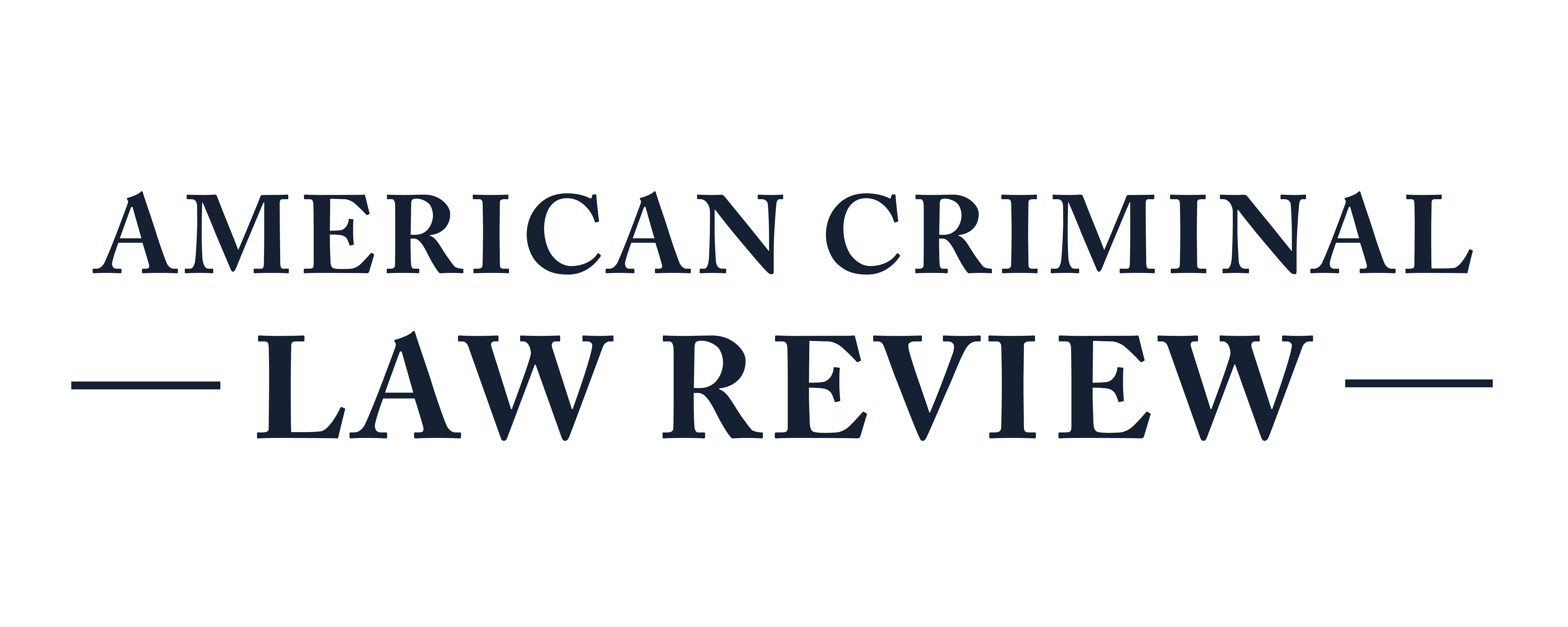Protecting Children Through Deepfake Child Pornography: A Moral, Legal, and Philosophical Discussion on the Intersection of the Evolution in Law and Technology
From 1970 to the early 2000s, Congress passed legislation to protect children from being exploited for pornography. As a result of a media storm surrounding the discussion of child pornography, Congress passed the Protection of Children Against Sexual Exploitation Act of 1977. This was the first piece of national legislation aimed at protecting children by prohibiting child pornography. Much subsequent legislation has been passed with the intention of strengthening protections for children against exploitation for perverse sexual gratification in any form. However, these intentions have not been entirely successful in preventing the real-world trafficking of children for the use of child pornography. While the discussion of child pornography intensified through the 1980s to the early 2000s as a result of the increased and widespread use of the internet, there has been some silence in the discussion of this issue from the early 2000s to the late 2010s, reemerging after the release and popularization of deepfake technology.
While scholars have discussed the constitutionality of the ban on child pornography through the prohibition of rapidly-evolving “deepfake” technology, there have been other discussions about the intersection between modern deepfake technology and its potential positive implications from legal, moral, and philosophical perspectives. While the depiction of children engaging in sexual acts “disgusts” the average American and is an uncomfortable subject, there is value in examining the consequences of banning deepfake child pornography, the moral framework within the creation of such bans, as well as what drives the reasoning behind legislative attempts to ban the existence of such content, regardless of how it is created.
Subscribe to ACLR
